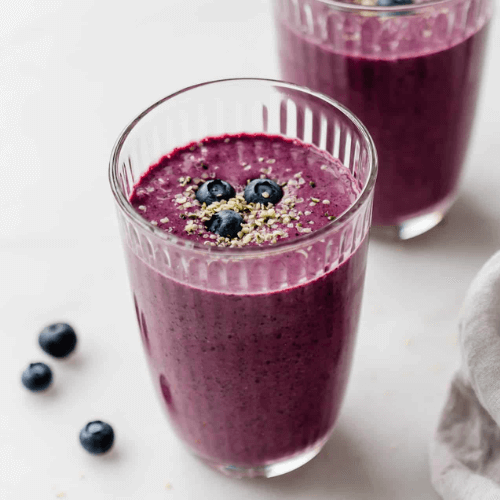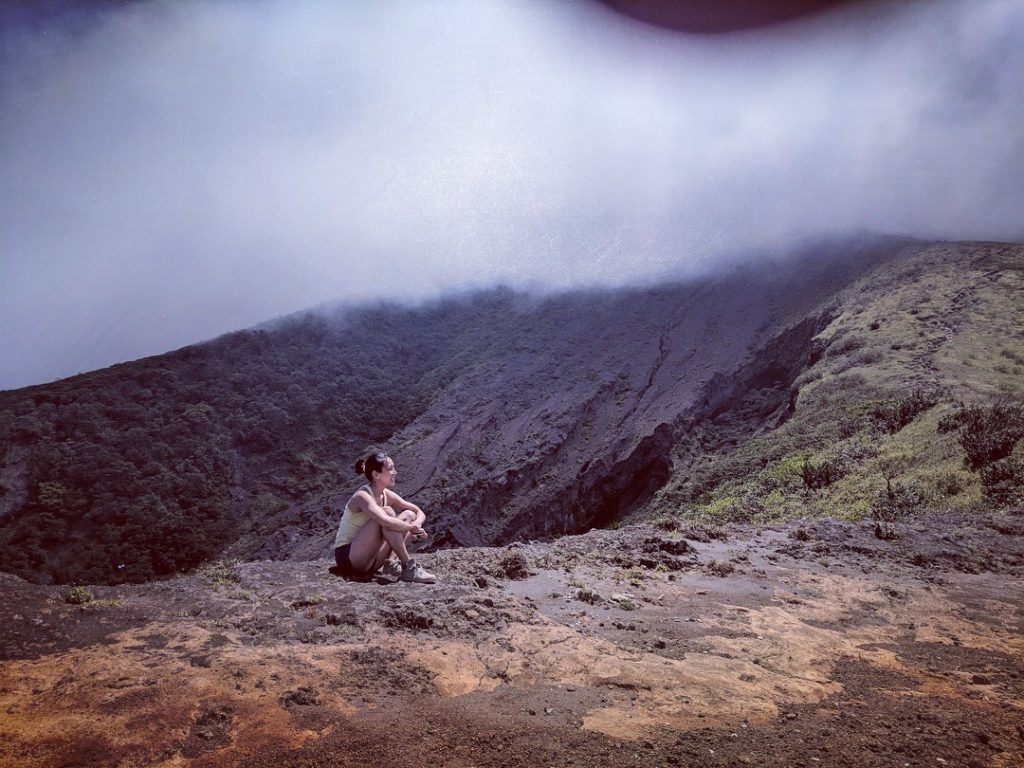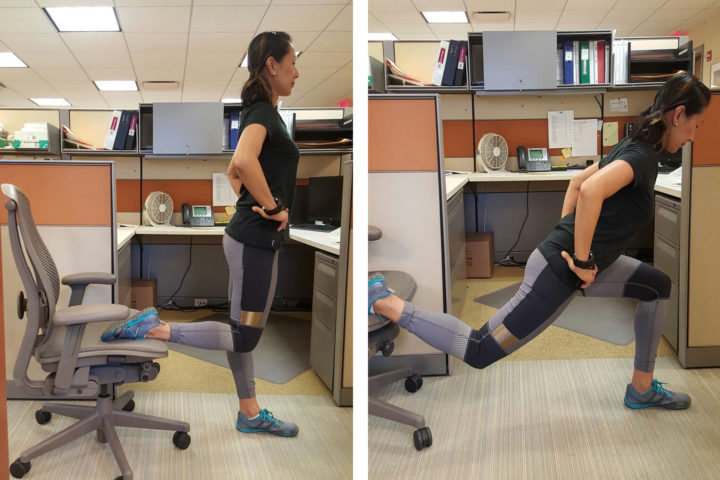Can you imagine life without movement? – the most basic human movements such as getting out of bed, brushing your teeth, walking your dog, going to your favorite coffee shop, commuting to work, sitting down to a dinner, taking a walk around the block, playing with your kids. These simple movements are done every day without thinking twice: completely patterned, involuntary, and programmed. Once we think about every single moment we make daily, each one is tied to the 7 Human Fundamental Movement Patterns.
This week, we’ll talk about the importance of the 3 lower body focused movement patterns: squat, hinge and lunge. All three movement patterns involve a hip hinge. The squat and lunge is a form of a hip hinge but in different angles and positioning however all requiring similar movement patterns and muscle recruitment.
What is a hip hinge and what muscles are involved?

In general, a hip hinge is a flexion and extension originating at the hip that focus on the posterior chain (backside). The primary muscles targeted are the glutes, hamstrings, and erector spinae (back muscles). The adductors, quadriceps and abdominals also help in the movement. It’s very important to keep a neutral spine when hinging to avoid injury especially when picking up heavy loads. One of the most common mistakes is using the lower back to hinge. So when people “throw their backs out”, it’s usually because the hinge was not set up properly and the load was picked up using the lower back instead of the primary muscles.
Common exercises that require a deep hip hinge are deadlifts (pictured above) and squats. If you’re not performing the basic hip hinge properly, more than likely you are not performing those movements correctly and that is an injury waiting to happen.
Daily activities that require you to hinge:
- Picking things up from the ground
- To take a closer look at something
- Putting shoes on
Exercises to master the hinge:
- Dowel hinge: place a dowel behind your back vertically (right hand behind neck and left hand behind small of back) with feet hip width apart. Make sure dowel is touching the back of your head, upper back, and sacrum. With knees slightly bent, shift your weight back and push hips as you begin to hinge your torso forward, making sure dowel is connected to your body at those same three points. Once you reach mid way between vertical and parallel to the floor, contract the glutes, push the hips forward and come back up to vertical. Repeat using left hand on top.
- Wall hinge: a modified variation of the dowel hinge. Stand 3-4 inches away with your back facing the wall. In keeping a neutral spine and flat back, stick your butt out, and hinge your hips back until the butt meets the wall, then stand back up.
What is a squat and what muscles are involved?

A squat is an exercise where the hips are lowered into a sitting position and then raised back up to standing. During the lowering of the squat, the hip and knee joint are in flexion while the ankle joint dorsiflexes. As you come up from the squat, the hip and knee joint extends and the ankle plantarflexes. The primary muscles involved are the quadriceps, adductors and the glutes. Isometrically, the erector spinae (back muscles) and abdominal muscles play a huge role. The squat test is commonly used to test one’s compensations, tightness, strengths and weaknesses as it targets and challenges so many muscles. Because of this, it is often done incorrectly. So if there is tightness in the hips, lower back, and calves, the form is compromised. If there is heavy load added to the squat, the knees and the lower back will take the grunt of the movement as opposed to the primary muscles. This is definitely one of the human movement patterns that should be performed correctly and often.
Daily activities that require you to squat:
- picking up your toddler or heavy bags
- sitting/standing in a chair
- picking something up from the ground
Exercises to strengthen your squat:
- Wall sits: lean up against the wall with your back and position feet hip width apart. Lower down so knees are at a right angle and hold for 30 seconds to a minute. Gradually increase the time and add weight when you feel stronger.
- Physio ball squats: lean back up against a physio ball with feet slightly in front of your hips. Bend knees and push back into the ball as you lower down into a squat. Push into feet to stand back up and squeeze glutes.
- Elbow plank: Lay on belly with elbows positioned directly under shoulders. Lift hips up so only forearms and toes are on the floor. Make sure your body is parallel to the floor, glutes are squeezed and abdominals engaged. Hold for 30 seconds to a minute and longer once you feel stronger.
What is a lunge and what muscles are involved?

A lunge is a single leg exercise where one foot is forward and flat and the other is positioned behind you. The primary muscles are the quadriceps, glutes, and hamstrings. The stabilizing muscles are the abdominals and the erector spinae (back muscles). There are several variations of lunges (lateral, yoga, curtsy, reverse) but the movement patterns and primary muscles are all the same.
Daily activities that require you to lunge:
- Kneeling down to pick something up or tying your shoes
- Getting up off the floor
- Walking up and down stairs
Exercises to strengthen your lunge:
- Kneeling lunges: Start on both knees. Step one foot forward into lunge position then stand up so both feet are together. Use the same foot to step back and lower knee down to bring knees back together. Repeat on other side.
- Stationary lunges: Start in lunge position with both knees set up in right angles. Extend legs so both are straight, then lower back leg down to the floor. Repeat for several reps then switch to other leg.
- Forward + Reverse lunges: Once the kneeling and stationary lunges are done properly and with ease, progress to forward and reverse lunges. Forward lunges require one foot to step forward followed by the back foot stepping forward to meet the front foot, moving in a forward direction. Reverse lunges require one foot to step back and back knee to bend and lower, use abdominals to stabilize, then front foot pushes back to meet back foot, moving in a backward direction.
Hip hinges, squats, and lunges are done all day every day. These compound movements recruit muscles from the upper and lower body so any imbalances or weakness will alter the form leading to misalignment and injury. These movements are essential to every day living. The most basic functional movements like getting up from the floor, picking things up from the ground, walking up and down stairs should be done with ease and pain free. If not, then working on the strength exercises are a MUST. Practicing the hinge/squat/lunge exercises will help to build strength but what is most important is that you can move through your day-to-day activities without hurting yourself AND…for many many many years to come.

































